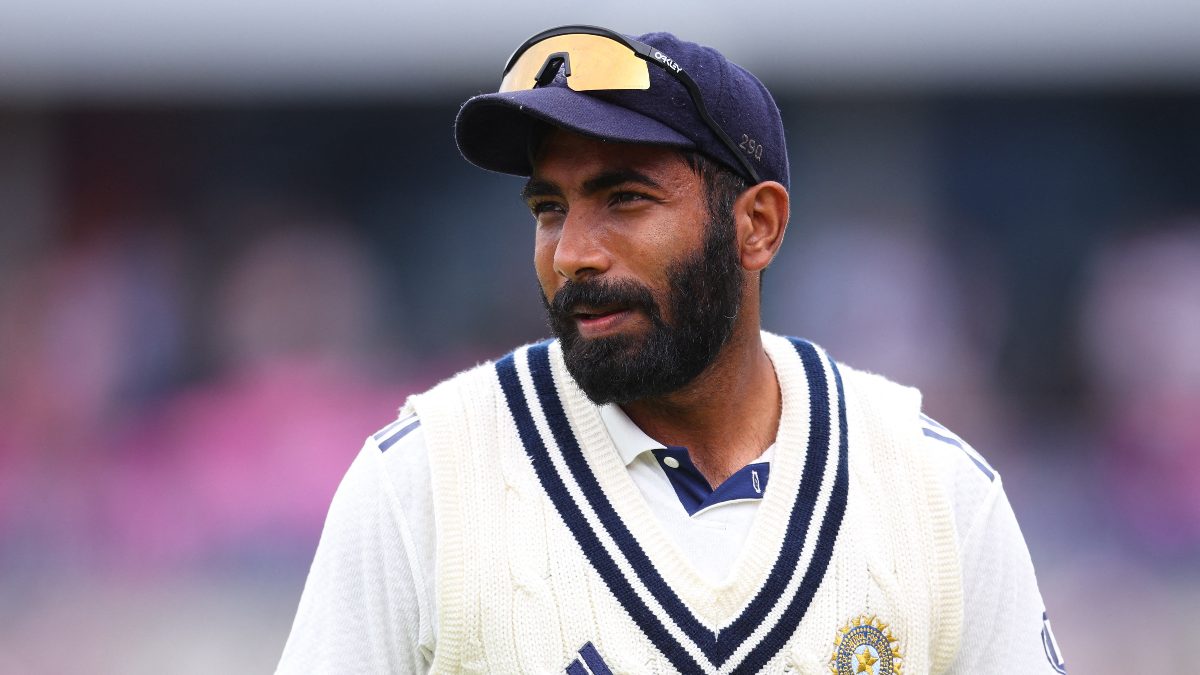“It was the first thing I said when I was [appointed], that I’m not interested in draws,” said Ben Stokes in the build-up to the second Ashes Test back in June 2023.
And ultimately, it has proved not just a piece of bravado fired off in the midst of a high-pressure series, but instead a key tenet of the ‘Bazball’ era. England have drawn just once in the 34 games since he took over full-time and that was only due to two full days of soul-destroying Manchester rain that cost them a near-certain victory, not to mention reclaiming the Ashes.
The policy of course has not always been a success, there have been the odd unnecessary loss – Australia at Edgbaston in 2023 or New Zealand in Wellington the same year spring to mind – but on the whole it has led to more victories being snatched from the yawning jaws of draws than vice versa.
Also Read: Morkel lauds Siraj and Akash for shining in Bumrah's absence at Edgbaston: 'It is a pleasing sign'
England forced to think about a draw
Now, though England face the strongest possible test of the doctrine, 72/3 at the close of day four, they require a highly improbable – if not to say impossible – 536 runs for victory on the final day. If from here the team that doesn’t draw managed to secure one, it would be nothing short of a miraculous win for them, albeit not literally.
It was a sentiment England assistant coach Marcus Trescothick essentially endorsed after the game, going some way to defying the prohibition of the concept of drawing, while being careful to not entirely rule out the semi-farcical prospect of victory.
“We’re always trying to be as positive as we can, but we all appreciate it’s a hell of a lot of runs to try and score,” said Trescothick.
Impact Shorts
More Shorts“We need 536 tomorrow…I don’t think we’ve seen scoring rates like that. I don’t think we use that sort of (defensive) language, that’s not the sort of changing room we are. But we are not naive.
“If you get to the point where you can draw the game, of course, we’re not stupid enough to think that you have to just win or lose. There are three results possible in every game that you play.”
That England are having to publicly admit to even the merest notion that drawing a match might be a desirable outcome is down entirely to the total dominance of India in this Test. One freakish Harry Brook and Jamie Smith partnership aside, they have been in control of the match for almost its entirety, perhaps never more so than they were on Day Four.
The hosts started the day desperately hoping a few quick scalps, with a newish ball under helpfully leaden skies, might get them improbably back into the match. By the time India ended their innings 427/6 declared, England had been run completely ragged and trailed by more than 600 runs.
At the heart of the batting effort was Shubman Gill once again. India’s skipper is enjoying, with the bat, a dreamy beginning to his tenure and a majestic start to this series. Following his double hundred heroics in the first innings, here he produced a near run-a-ball 161 – making himself the first man in Test history to register a double hundred and a score of over 150 in the same game.
It leaves him on a gargantuan 585 runs so far in this series, at a handy average of 146.25, and with a real shot at breaking Don Bradman’s 1930 record for the most runs in an English summer series, which stands at 974.
First, though, he will hope to return on Day Five and lead his side to a series-levelling victory. England will require a miracle and a much-reviled draw if they are to prevent him.


)

)
)
)
)
)
)
)
)



